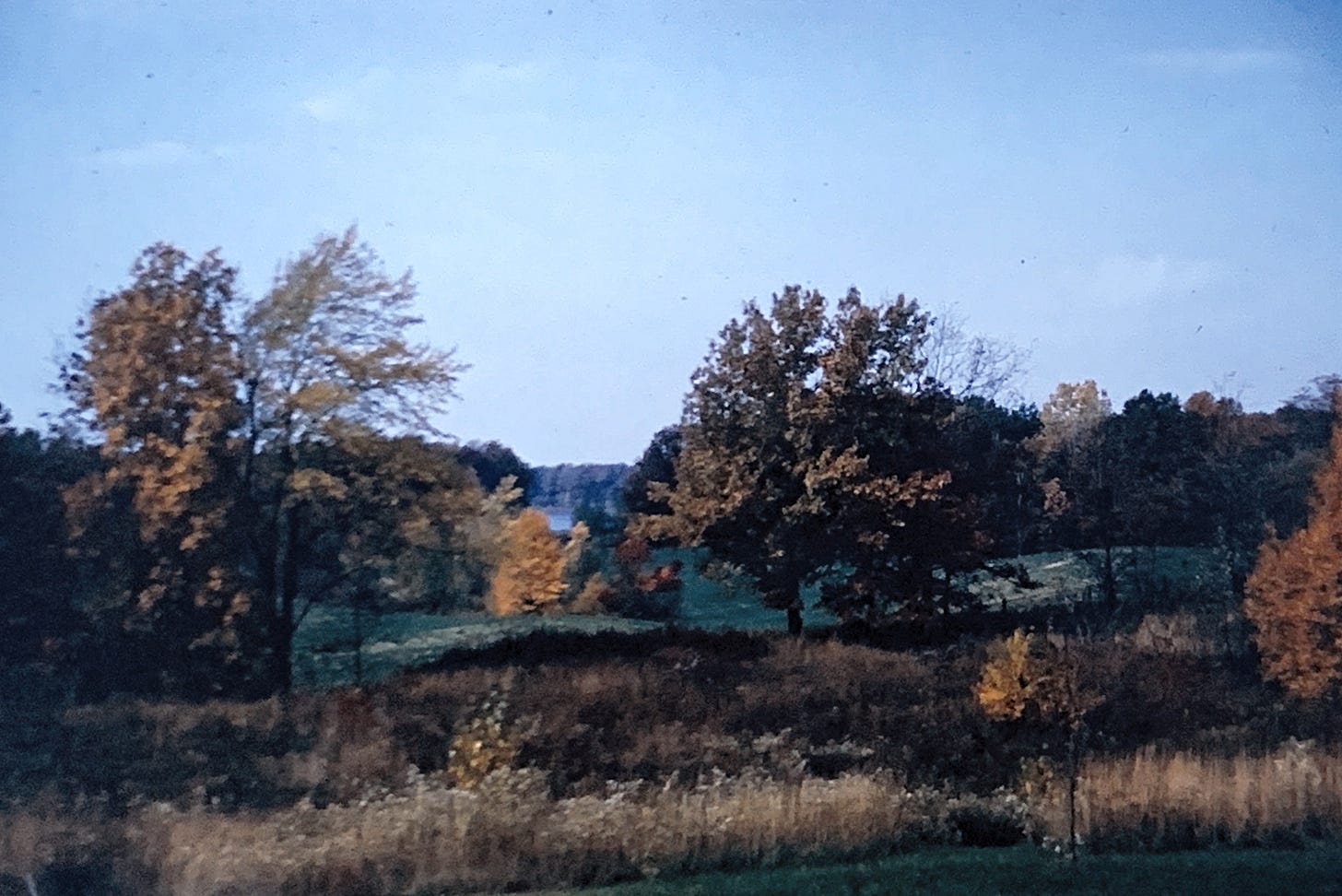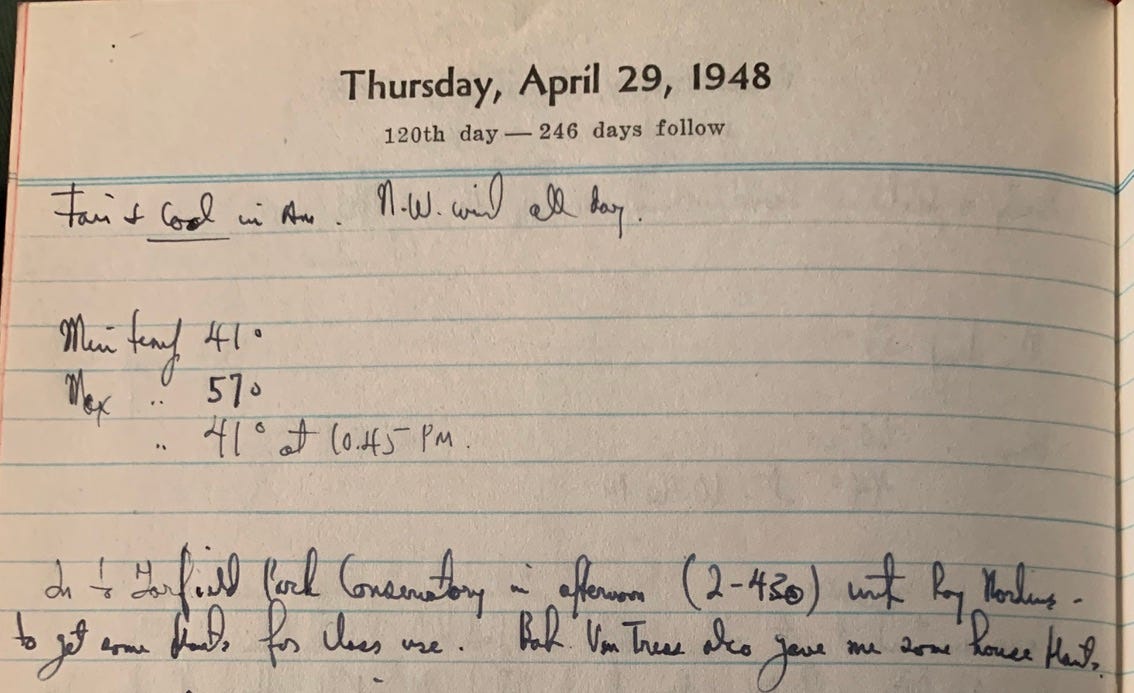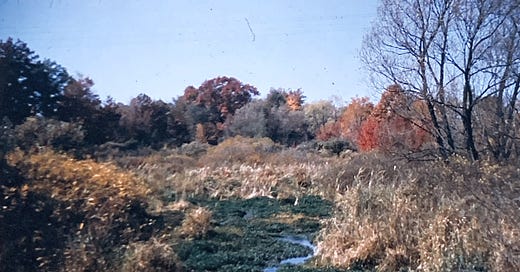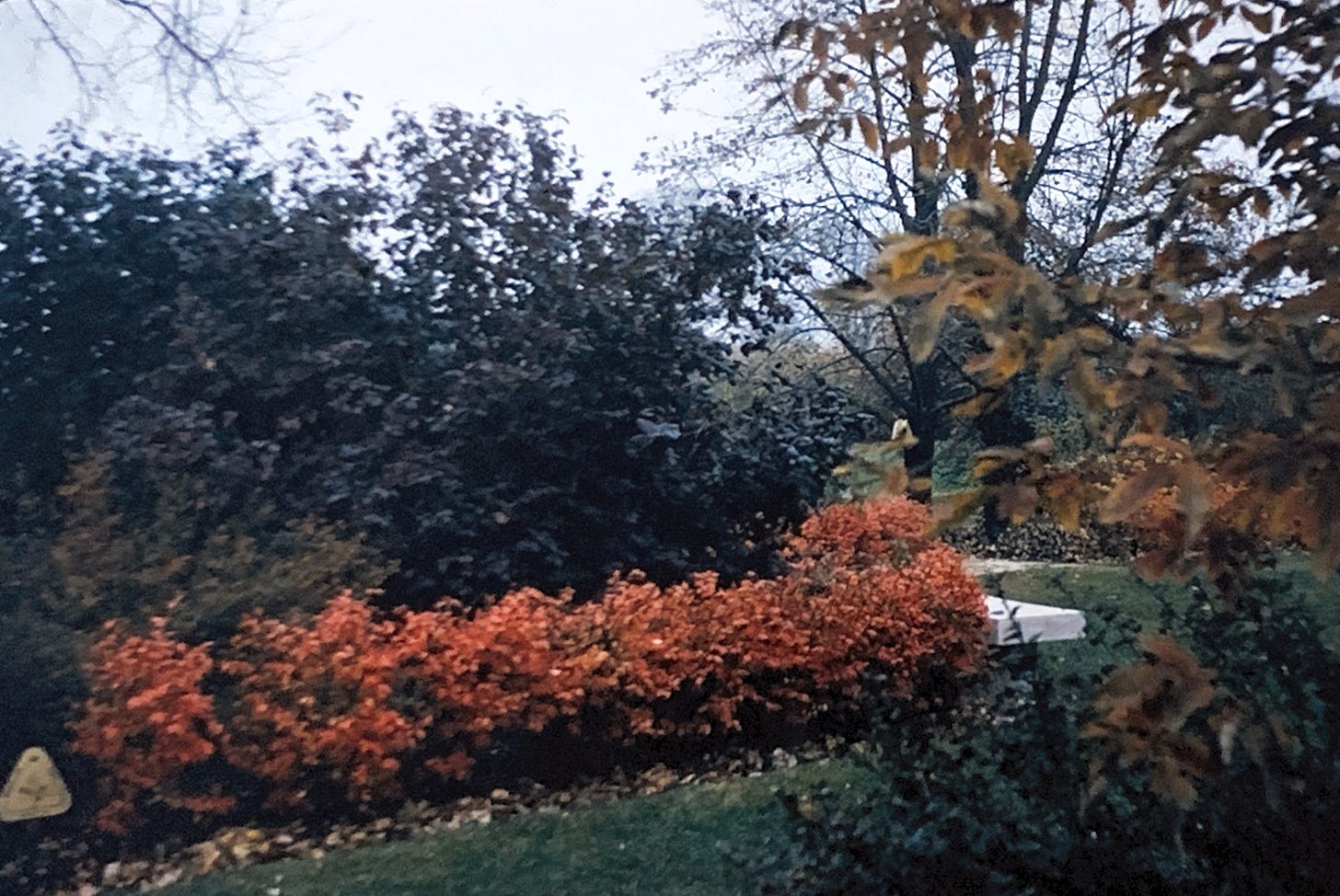Bulletin of Remarkable Trees Vol. 2 No. 17
The Morton Arboretum, Chicago Botanic Garden, and The Garfield Park Conservatory
If you’ve been a resident of Chicagoland for even a short length of time, it’s fairly inevitable you’ve visited one of these horticultural treasures. While each approaches the botanical world with a slightly different perspective, all three of these institutions work in tandem to add to the knowledge of plants in our region and cast a prismatic light on their beauty.

Garfield Park Conservatory
Before 1900, Chicago had multiple conservatories as part of its myriad park systems. Garfield Park was a pioneer from the start - it was one of the first parks in the nation to have a conservatory, open to all, in its original design. After the multiple, smaller, conservatories in Chicago’s park system began to fall into disrepair, Jens Jensen, the newly appointed General Superintendent and Chief Landscape Architect for the West Side park system, envisioned a more cohesive idea for a city conservatory. Thanks to his vision, a central facility was created - the Garfield Park Conservatory that we know and love today. Jensen didn’t want the new conservatory to be like the stuffy, showy greenhouses typical at the time. The Conservatory’s structure was “inspired by the great haystacks which are so eloquent of the richness of prairie soil.” He also focused on diversifying the conservatory’s collections and focusing on exciting and rare specimens. This vision continued even after Jensen had left: “In the 1930s, the Chicago Park District had a talented staff of designers who had a deep understanding on Jensen’s contributions. The landscape design staff believed in using ‘native material and creating natural effects’ especially in large parks.”1
The conservatory continued to grow and innovate, focusing equally on research, education, and beautiful design. My grandpa and Frank K. Balthis, a staff member at the conservatory, communicated about the conservatory’s plans to expand their educational offerings to the surrounding neighborhood, a focus area in which the Morton Arboretum had been a leader. In a letter to my grandfather in 1930, Frank Balthis describes a free, public lecture he is hoping to give on “New Plants of Decorative and Flowering Value”:
These lectures are free to the public, as we are attempting to arouse interest in the ‘home-ground beautiful’ idea, and incidentally acquaint people with the importance of the Conservatory to horticulture generally.
An example from the Conservatory’s centennial book “Inspired by Nature: The Garfield Park Conservatory and Chicago’s West Side” shows how conservatory staff focused on unique specimens: “Propagating unusual plants often required great perseverance. On a trip with his wife in 1960, horticulturist Robert Van Tress acquired a rare double coconut palm seed from the Royal Botanical Garden in Ceylon” which then took extensive time and staff effort to cultivate.
Based on my grandfather’s journals and letters, he and Robert Van Tress were in frequent contact, often exchanging specimens and knowledge, in both a professional and personal capacity:
Van Tress and a friend from Garfield Park Conservatory were out this morning. I showed them thru the library. - E. L. Kammerer Journal, January 18, 1932
Stopped at Garfield Park Conservatory enroute to see Bob Van Tress - he gave me a wonderful assortment of choice house plants, including:
Monstera deliciousa, Nephthytis Emerald Gem, Anthurium crystalline, Authurium podophylum, Dracuna Eugene Andre, Dracuna variegated yellow and green…and 1 aloe. - E. L. Kammerer Journal, October 31, 1946
My grandpa and his colleagues made relatively frequent trips downtown to the Conservatory - often returning with specimens for the Arboretum as well as plants for their personal collections:
Bob Van Tress of Garfield Park Conservatory at Arboretum this AM. Brought CEG [Clarence Godshalk] and I each a potted Cyclomen in full bloom. - E. L. Kammerer Journal, March 11, 1948

They seemed to have been good friends, in addition to being colleagues:
Hoping your trip out here proved worth while and that we may be able to get together again sometime and go ‘book hunting’. I am, yours very sincerely, E. Lowell Kammerer - Letter to Robert Van Tress, Garfield Park Conservatory August 27, 1931
The Conservatory had quite a focus on Chrysanthemums, and the flowers were frequently discussed in letters between my grandpa, his colleagues, and Robert Van Tress — in one letter, Robert Van Tress expresses an apology for a delay in replying to a letter from my grandpa, saying he was extraordinarily busy with the upcoming Chrysanthemum Show and his radio work.

Chicago Botanic Garden

We are also grateful for a new ally in the effort to presence the green world that is being greedily devoured by urban sprawl.
This welcome note from the Morton Arboretum to the new Chicago Botanic Garden from Suzanne Morton Zurcher celebrates both institutions’ spirit of conservation and preservation. In Cathy Jean Maloney’s book celebrating the Chicago Horticultural Society’s 125th anniversary “Chicago and Its Botanic Garden, the Chicago Horticultural Society at 125,” she writes about the extensive time it took for the Botanic Garden, first announced in 1962, to finally welcome visitors in 1972:
Ground was broken in 1965 for the Chicago Botanic Garden in Glencoe, Illinois, but the Chicago Horticultural Society labored for decades to turn the first spadeful of dirt.
Besides being geographically close, the Morton Arboretum and Chicago Botanic Garden share focus and ideals. The mission of education and preservation, shared by both the Arboretum and the Botanic garden, has continued since the Botanic Garden’s inception, with the two collaborating on initiatives along the way.
The Botanic Garden didn’t open until after my grandfather had died, and as a result there are not as many novel materials or interesting connections between his work and the Botanic Garden as there are for him and the Garfield Park Conservatory. However, I imagine that he would enjoy the wonderful garden design and unique plantings that the garden holds. He loved trees, but clearly enjoyed flowers just as much, as evidenced by the many flower gardens at Riverby that were his joy.
As I researched this topic, I couldn't help but feel relieved that we have so many incredible institutions working to preserve and showcase not only the plant life that Illinois has to offer, but also display unique plants that one might have to travel extensively to see otherwise. Chicagoans are imessureably lucky to have the trifecta of the Morton Arboretum, Garfield Park Conservatory, and Chicago Botanic Garden - ensuring that appreciation for nature will remain front of mind for decades (or more!) to come.
If you have topics you’re interested to hear more about or feedback for me, please feel free to let me know in the comments.
If you like what you’ve read so far, sharing Bulletin of Remarkable Trees with your friends would help a whole lot!
Both quotes in this paragraph from: Bachrach, J. S., & Nathan, J. A. (2007). Inspired by Nature: The Garfield Park Conservatory and Chicago’s West Side. Garfield Park Conservatory Alliance.





